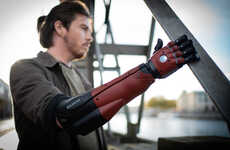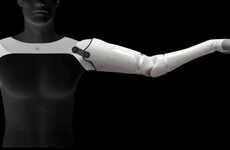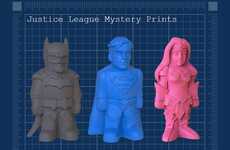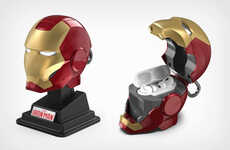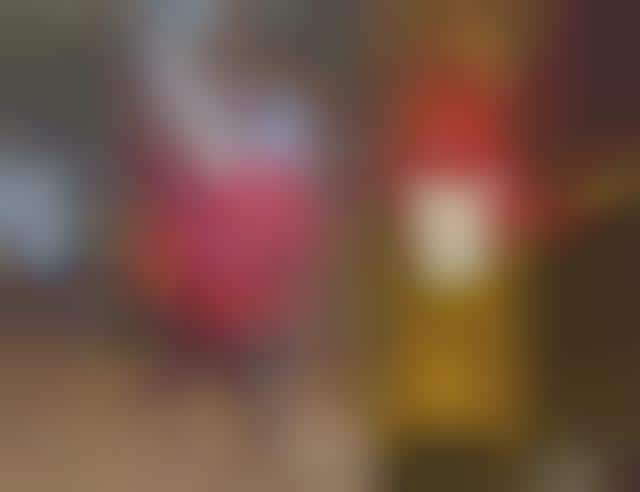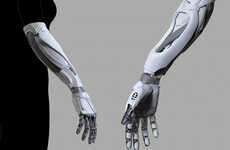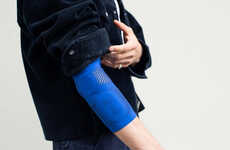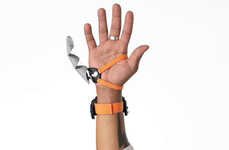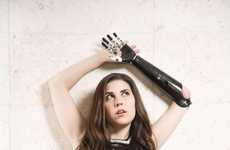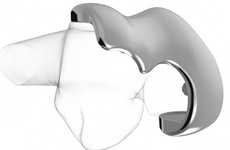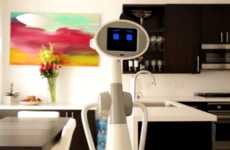
Bubba's 3D Printed Prosthetic Limb is Modelled After Iron Man
Alyson Wyers — September 18, 2014 — Lifestyle
References: khon2 & geekologie
While there are fewer limitations to the world of 3D printing seemingly everyday, a 3 year old little boy in Maui is enjoying the use of a 3D printed prosthetic fit for a superhero. Hawaiian toddler Rayden Kahae (also known as Bubba) was born without most of his right hand as he has Amniotic Band Syndrome (ABS). Thanks to non-profit E-Nable, Bubba now has an Iron Man-inspired prosthetic.
Designed to look just like Iron Man's, the mechanical body-powered hand only cost $50 to build compared to thousands of dollars for commercial prosthetics. Bubba's grandmother Rulan Waikiki found E-Nable online and asked them to make the custom 3D printed prosthetic, whom they obliged for free. E-Nable works off of donations and volunteer expertise.
Designed to look just like Iron Man's, the mechanical body-powered hand only cost $50 to build compared to thousands of dollars for commercial prosthetics. Bubba's grandmother Rulan Waikiki found E-Nable online and asked them to make the custom 3D printed prosthetic, whom they obliged for free. E-Nable works off of donations and volunteer expertise.
Trend Themes
1. 3D Printing Prosthetics - The use of 3D printing technology to create affordable and customized prosthetic limbs, like the Iron Man-inspired hand for Bubba, presents a disruptive innovation opportunity in the field of healthcare and medical devices.
2. Low-cost Prosthetics - The development of low-cost prosthetic solutions, such as the $50 3D printed hand, has the potential to disrupt the traditional prosthetics market and make advanced prosthetic limbs more accessible to people in need.
3. Community-driven Prosthetic Design - The growth of community-based initiatives, like E-Nable, that leverage volunteer expertise and open-source designs to create personalized prosthetic limbs showcases a disruptive innovation opportunity in the field of assistive technology and collaborative manufacturing.
Industry Implications
1. Healthcare - The healthcare industry can benefit from the disruptive innovation opportunities presented by advancements in 3D printing technology for prosthetic limb manufacturing and customization.
2. Medical Devices - The traditional medical devices industry faces disruption as low-cost 3D printed prosthetic solutions gain popularity and challenge the high prices of commercial prosthetics.
3. Assistive Technology - The field of assistive technology can be revolutionized by community-driven initiatives like E-Nable, which harness volunteer expertise and open-source designs to create affordable and customized prosthetic limbs.
6.5
Score
Popularity
Activity
Freshness

